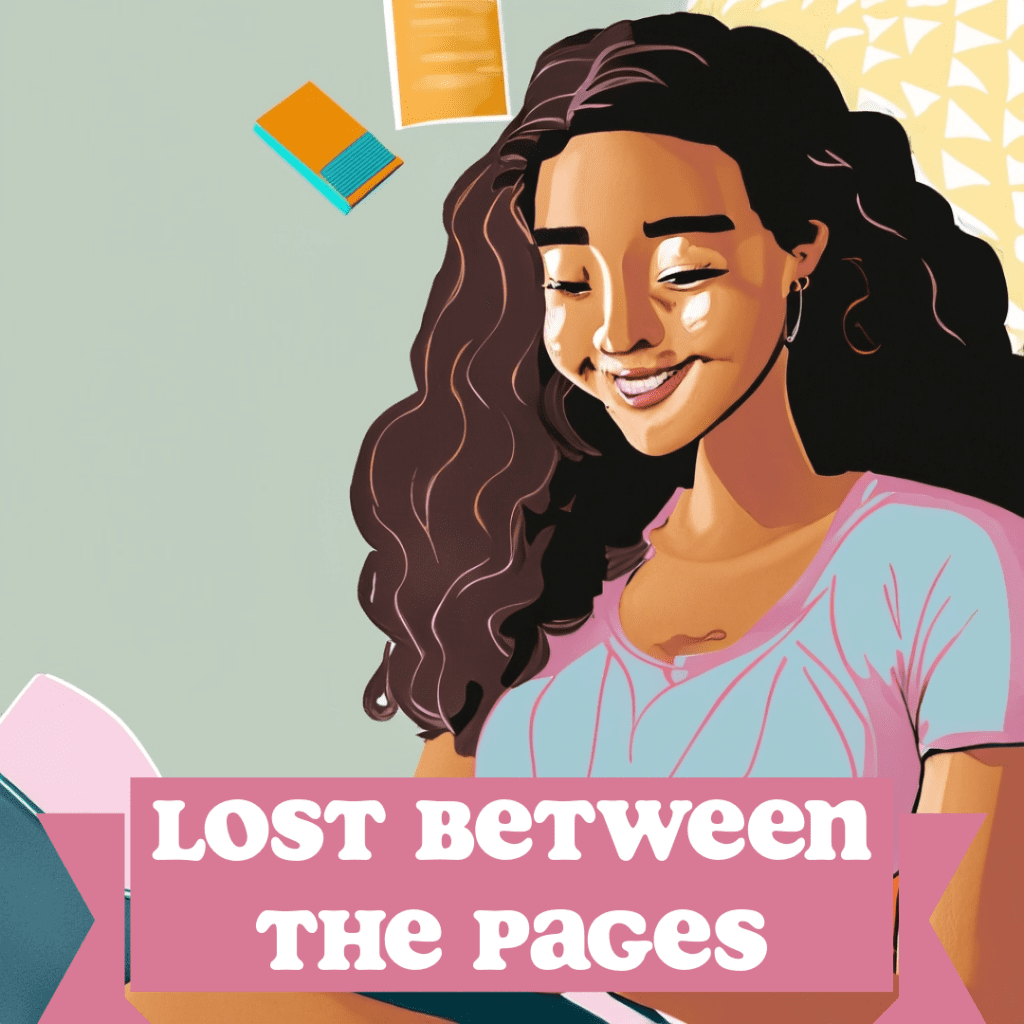Lost Between the Pages: The Rise, Struggles, and Unfulfilled Promise of the New Adult Genre
 The New Adult genre, a category that emerged to fill the gap between Young Adult (YA) and Adult fiction, has been a subject of intrigue, fascination, and ultimately, unfulfilled potential. Author Chelsea M. Cameron, best known for her New Adult romances like “My Favorite Mistake” and “My Sweetest Escape,” spoke to Publisher’s Weekly recently to provide a poignant reflection on the rise, mismanagement, and decline of this genre. Through her eyes, let’s delve into the unique journey of New Adult, its impact on the publishing world, and what might have been.
The New Adult genre, a category that emerged to fill the gap between Young Adult (YA) and Adult fiction, has been a subject of intrigue, fascination, and ultimately, unfulfilled potential. Author Chelsea M. Cameron, best known for her New Adult romances like “My Favorite Mistake” and “My Sweetest Escape,” spoke to Publisher’s Weekly recently to provide a poignant reflection on the rise, mismanagement, and decline of this genre. Through her eyes, let’s delve into the unique journey of New Adult, its impact on the publishing world, and what might have been.
1. The Birth of New Adult (2012)
The New Adult genre exploded into the literary scene in the early 2010s, with self-publishing platforms like Amazon’s KDP playing a pivotal role. The genre resonated with readers in their late teens to mid-twenties, who were craving relatable content about the transition to adulthood.
Chelsea Cameron’s own publishing journey is a testament to the genre’s potential. Her book, “My Favorite Mistake,” written without a concrete plan, skyrocketed to success thanks to enthusiastic book bloggers. Other titles like “Easy” by Tammara Webber and “Hopeless” by Colleen Hoover followed suit.
2. The Passion and Lucrative Success
New Adult resonated with readers, spawning book signings, fan merchandise, and even authors signing Kindle covers. The enthusiasm was tangible and the market lucrative.
Traditional publishers, who had previously pigeonholed authors into YA or Adult categories, realized there was an underserved market. Deals were struck, and the New Adult category seemed destined for greatness.
3. The Misstep: A Genre Misunderstood
Alas, the New Adult category faced challenges. Publishers predominantly signed contemporary romances with steamier content, leading to a misconception that this defined the entire genre. The failure to effectively market these books, coupled with reliance on grassroots fame, led to New Adult stalling in the traditional publishing world.
4. The Readers Still Wanted More
Despite the decline in traditional publishing, the demand for New Adult content persisted. Readers flocked to the closest alternatives in YA, influencing trends with their purchasing power and online presence.
This shift inadvertently marginalized actual teen readers. The broadening of the YA category to cater to New Adult readers led to a disconnect with YA’s intended audience.
5. The Impact on Young Adult
The courting of New Adult readers led to a skewing of YA content, catering more to adult tastes. The emergence of pricier hardcovers and special editions made books less accessible to teen readers. In the quest to please former New Adult fans, the core YA audience was overshadowed.
6. A Missed Opportunity
Chelsea Cameron’s lamentation that “we could have had it all” captures the sense of missed opportunities. Had New Adult been nurtured and allowed to flourish, it could have created a space for readers craving content bridging the gap between YA and Adult fiction. Instead, it leaves a void, filled by YA adapting itself to an older audience’s desires.
Final Thoughts
The story of New Adult is one of inspiration, success, confusion, and unrealized potential. Its rise and subsequent challenges highlight the complexities of defining and marketing a genre that resonates with a specific age group. Chelsea Cameron’s reflections remind us that understanding a genre’s unique characteristics and audience is crucial to its growth.
The tale of New Adult may serve as a cautionary tale, but it also leaves a lingering hope that with proper care and understanding, this unique space could still find its place on the shelves. Readers still yearn for stories that echo their transitional phase of life, and perhaps, the New Adult genre might someday find its rightful place again.
